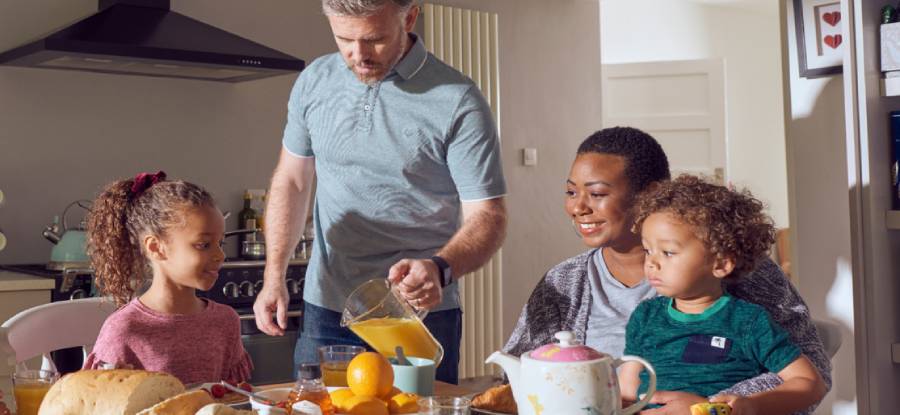
Home Life Safety Tips from Aico: Fire Alarms and Ventilation!
When it comes to home life safety, you can never be too careful; in this article, we are compiling some, read more...
Introducing the most popular Aico Carbon Monoxide Alarms at Sparks, also called, Aico CO Alarms.
The Aico Ei3018 is a CO alarm (Carbon Monoxide Alarm) containing a proven electrochemical CO sensor ..
Model: EI3018
£51.39 Ex. VAT
This is the Aico Ei3024 is a multi-sensor fire alarm with enhanced optical smoke sensor and automati..
Model: EI3024
£54.53 Ex. VAT
This is the Aico Ei208 Carbon Monoxide alarm complete with a 7 year life sealed lithium battery.&nbs..
Model: EI208
£18.55 Ex. VAT
This is the Ei Electronics Aico Ei208WRF RadioLINK Carbon Monoxide Alarm with a Powered-for-Life Lit..
Model: EI208WRF
£59.87 Ex. VAT
The latest edition to the technologically advanced Aico 3000 Series, the Aico Ei3030 combines Optica..
Model: Ei3030
£75.06 Ex. VAT

When it comes to home life safety, you can never be too careful; in this article, we are compiling some, read more...
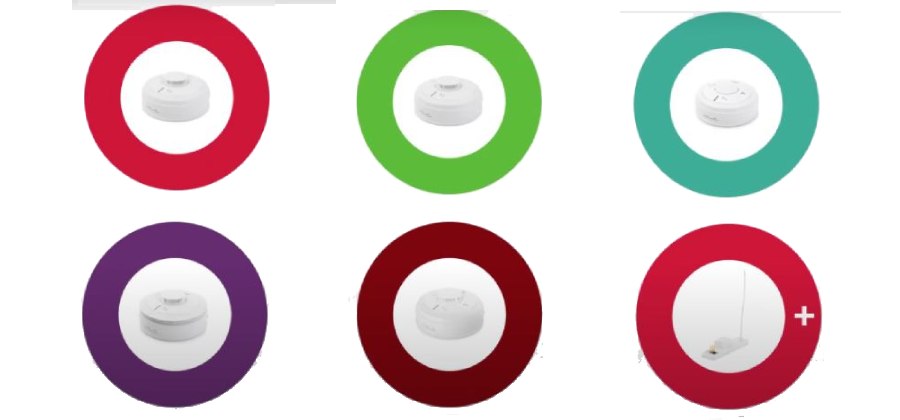
The matter of siting the alarms at home is very important, and Aico is kind enough to provide a great, read more...
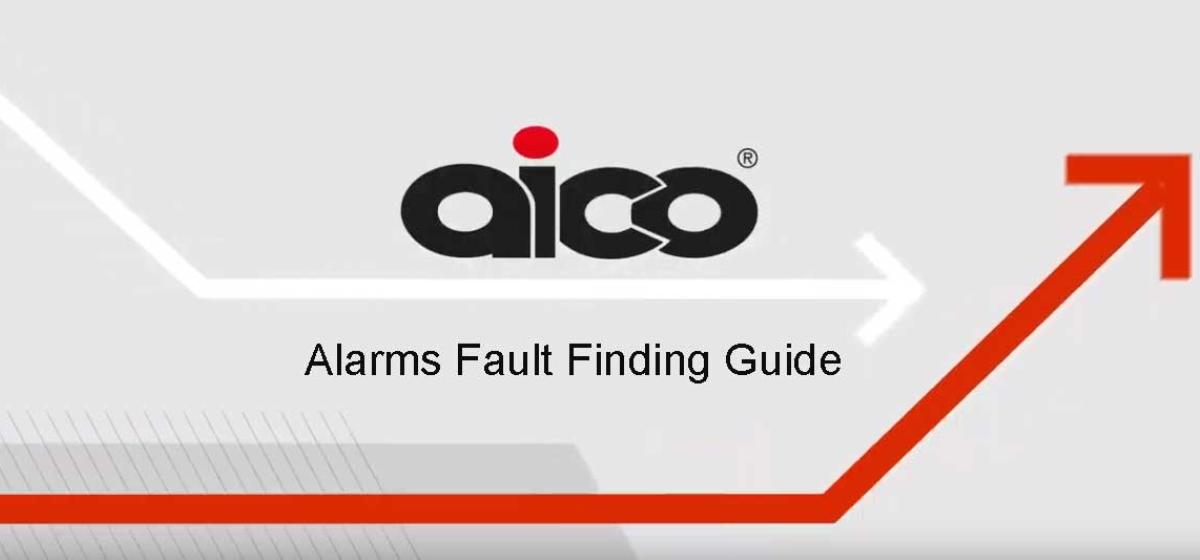
As with most technology, you may experience technical faults with Aico’s range of alarms. Aico has a helpful page for, read more...

The Internet of Things (IOT) has many appliances in day-to-day life, but with Aico 3000 Series it could grant you, read more...
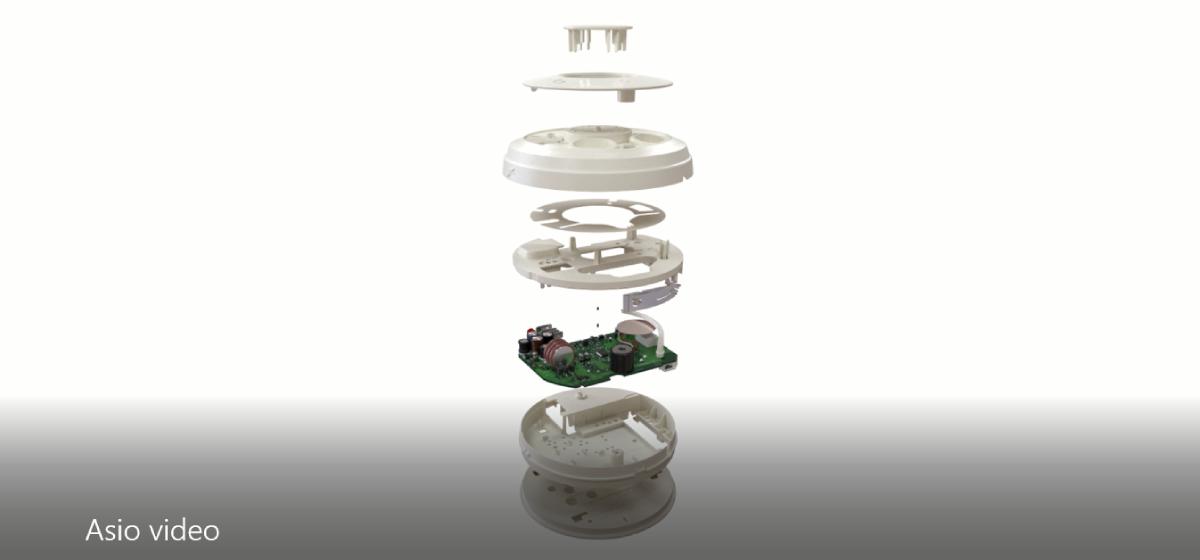
Home is where we tend to feel safest, but becoming too comfortable and familiar with our environment can unfortunately be, read more...
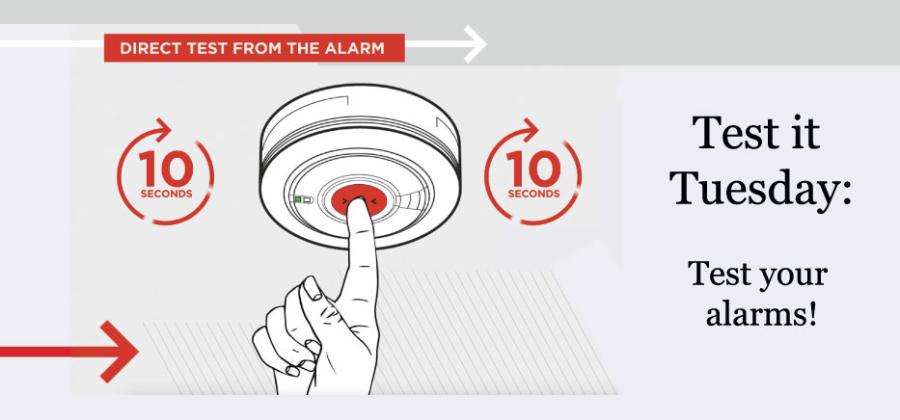
Every Tuesday there's a great reminder hashtag via Twitter, which is #TestitTuesday. From the different local fire departments to the, read more...
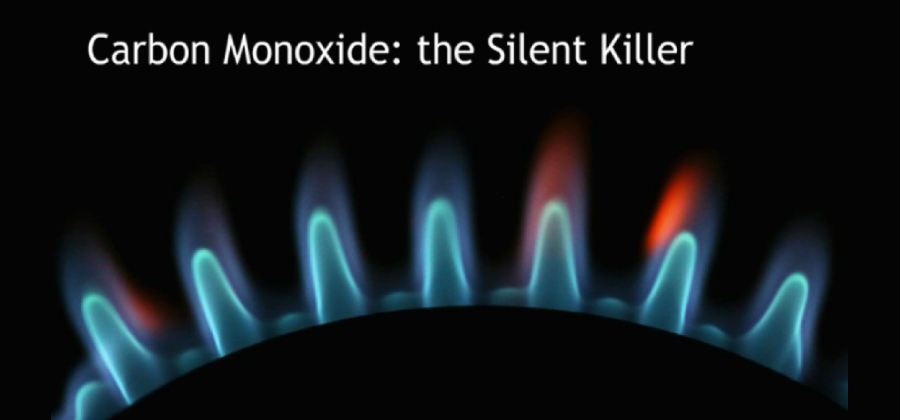
We all have to know this: Carbon Monoxide is a killer. What is Carbon Monoxide and how is it produced/released? read more...
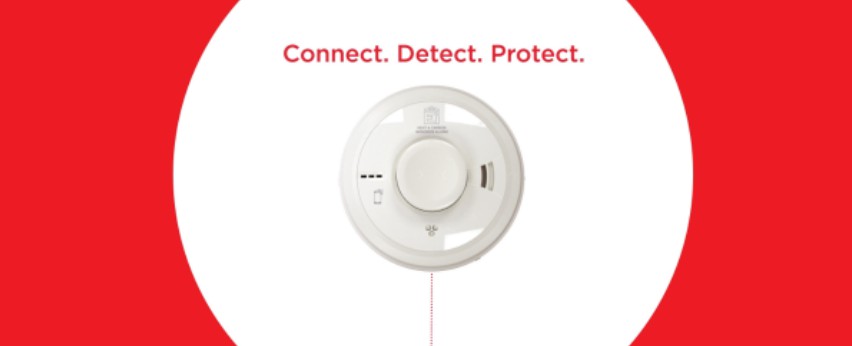
Aico is very helpful in giving not only a comprehensive guide to the range they manufacture and sell, but also, read more...